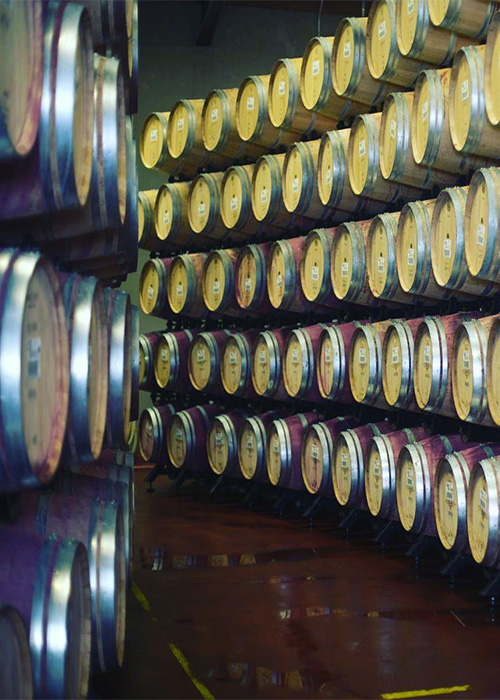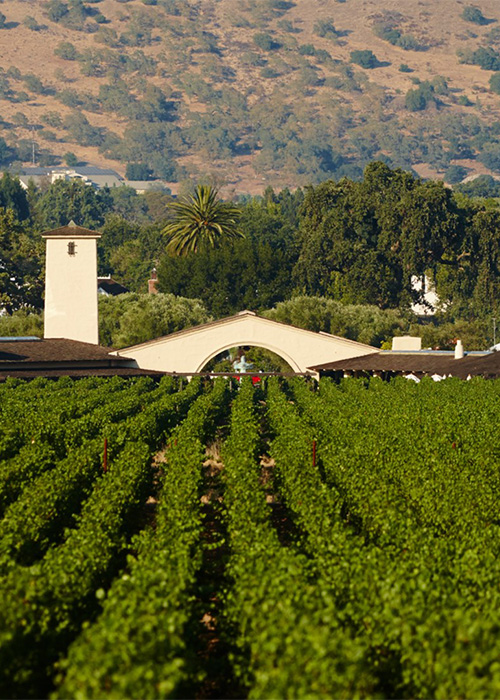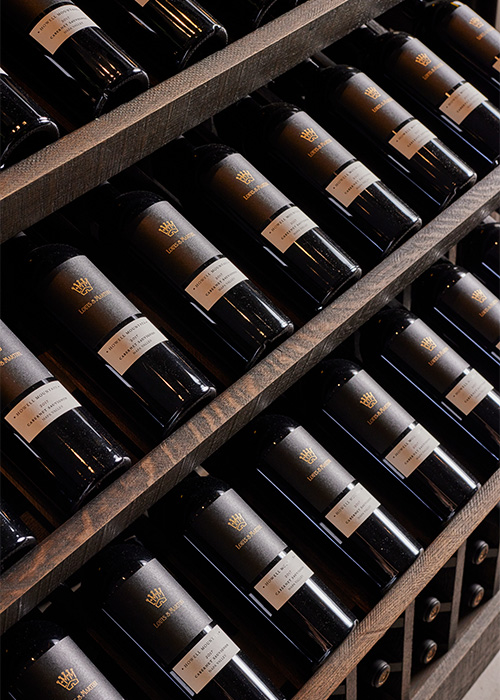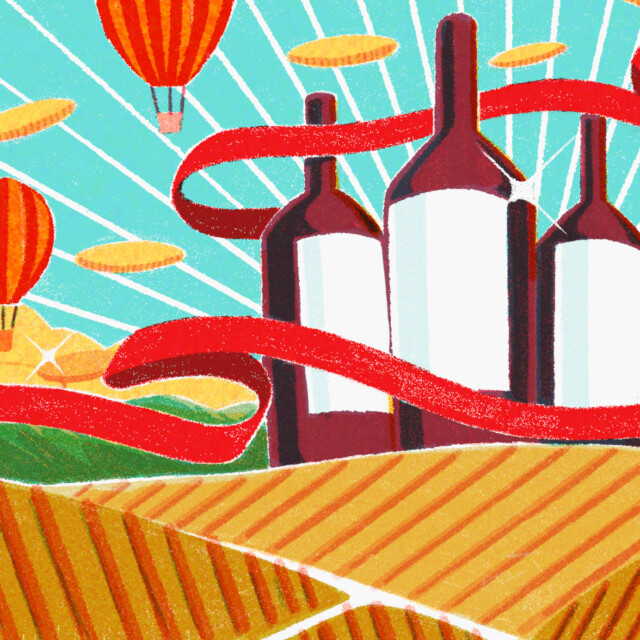For many years, there was a fascinating contradiction at the heart of Napa Valley. The region loved to tout the long history of wine production dating back to the 1800s — a historical connection that no other American wine region could really challenge. Yet a curious thing happened as Napa Valley’s star rose toward the end of the 20th century. Several of the historically important and influential wineries that survived Prohibition, and helped usher in the rebirth of the modern Napa Valley, seemed to lose their way. In some cases, they were sold to much larger companies that did big-company stuff to them: sold off some of the prized vineyard holdings, sought to capitalize on their well-known names to sell a lot of inexpensive wine, and turned these once-respected brands into near- laughingstocks among industry insiders and wine enthusiasts.
Fortunately, three of these Napa Valley institutions — Beaulieu Vineyards, Louis M. Martini, and Robert Mondavi Winery — have now moved into a new and different phase, each initiated after a recent acquisition by a major beverage conglomerate. While each has a slightly different history and strategy, all are looking to find ways to connect their legendary pasts to the future of luxury wine and hospitality in Napa Valley.

Part of that is acknowledging the rough patches. “Any producer that has the length of history that we have, you’re going to have some chapters that are not as good,” says Trevor Durling, head winemaker at Beaulieu Vineyards. “The De Latour family sold the property in 1969 to Heublein Inc., and after that happened, Heublein became really focused on volume. They started producing more wine, and eventually even started sourcing fruit from outside of Napa Valley.”
Since taking over as head winemaker, Durling has returned to sourcing exclusively from Napa Valley, and largely from estate vineyards.
It’s not just that quality can suffer when new leadership changes the direction of an iconic winery; consumers can become confused. Lauren Larrabee, general manager at Robert Mondavi Winery, knows this well. “Robert Mondavi’s vision was to create wine from Napa Valley that could stand among the best in the world,” she says. “Once he actualized that goal with his namesake winery, he had a new vision: for everyone in America to be able to afford a good bottle of wine.”
That vision eventually led to the creation of brands like Robert Mondavi Private Selection and Woodbridge by Robert Mondavi, the wines of which mostly sell for under $10, are sourced from all over California, and experiment with bourbon- and rum-barrel aging.

Expecting most wine consumers to differentiate between these three brands, especially when their names and brand imagery have some overlap, is turning out to be a very difficult ask. As Larrabee explains, “We are in the process of repositioning both Woodbridge and Robert Mondavi Private Selection over the next few years to better distance them from the Robert Mondavi Winery brand, as we are committed to restoring the Robert Mondavi Winery’s fine- wine leadership.” It’s unclear as yet what that repositioning will look like for the more affordable brands, but for Robert Mondavi Winery, it’s largely about refocusing on the estate in Oakville.
Recognizing the changing landscape of American wine consumption and the economics of Napa Valley has also been a crucial task for each of these properties, even if it does mean doing away with certain aspects of tradition. “Louis M. Martini had a wide range of bottlings; he made a Folle Blanche, a Moscato, and a Barbera blend that were all quite popular in their day,” says Joseph C. Gallo, vice president and general manager of E. & J. Gallo Winery’s Luxury Wine Group. “But, as far back as the 1960’s, he was vocal in his belief that Cabernet was the highest-quality grape for Napa Valley; I think we honor his foresight and vision with our focus on Cabernet Sauvignon.” The economic realities of operating a Napa Valley winery in 2022 intersect with this historical vision, as Cabernet Sauvignon commands the highest prices both in the vineyard and in the wine shop, undoubtedly making the decision somewhat easier.
For all three wineries, grounding the future of the winery in some of the most iconic vineyards in America has been a crucial part of the process. “We have to protect [our] legacy by continuing to make the highest-quality wines we can; not only from the best fruit, but from vineyards that give our wines a real sense of place,” says Gallo. “We’re lucky to have two historic estate vineyards that help us make that happen in Monte Rosso and Stagecoach.”
Centering its production on an iconic vineyard is one of the ways that Robert Mondavi Winery is hoping to reassert its place in the Napa Valley firmament. “One of the biggest differentiators for Robert Mondavi Winery is our home in the esteemed To Kalon Vineyard in Oakville,” says Larrabee. “We source fruit for our Napa Valley, Estate and Reserve wines from this vineyard. To Kalon is considered one of the grand cru vineyards of California and has been recognized as the best vineyard in North America for creating some of the best Cabernet Sauvignon and Sauvignon Blanc in the world.”

To Kalon’s history and reputation are complicated and fascinating, but fruit from the vineyard has formed not just the backbone of Robert Mondavi wines, but also those of Opus One, the iconic partnership between Mondavi and Baron Philippe de Rothschild. Meanwhile, fruit from the parcel owned by Andy Beckstoffer is generally considered the most expensive Cabernet Sauvignon in all of Napa Valley, and has been at the heart of many of the most critically acclaimed Napa wines of the last few decades. It’s clear that focusing on this historic vineyard, and highlighting that focus, is critical for the future branding and marketing of Robert Mondavi Winery.
As Napa Valley rose to prominence and eventually preeminence in the American wine landscape, all three of these wineries were perhaps a bit adrift, unsure of what they wanted to be, or focused on volume and revenue at least as much as quality. While Napa doesn’t lack for new and exciting brands, seeing these iconic and legendary names restored to their former glory can only benefit the region, and the wine drinkers who love it.
This story is a part of VP Pro, our free platform and newsletter for drinks industry professionals, covering wine, beer, liquor, and beyond. Sign up for VP Pro now!
